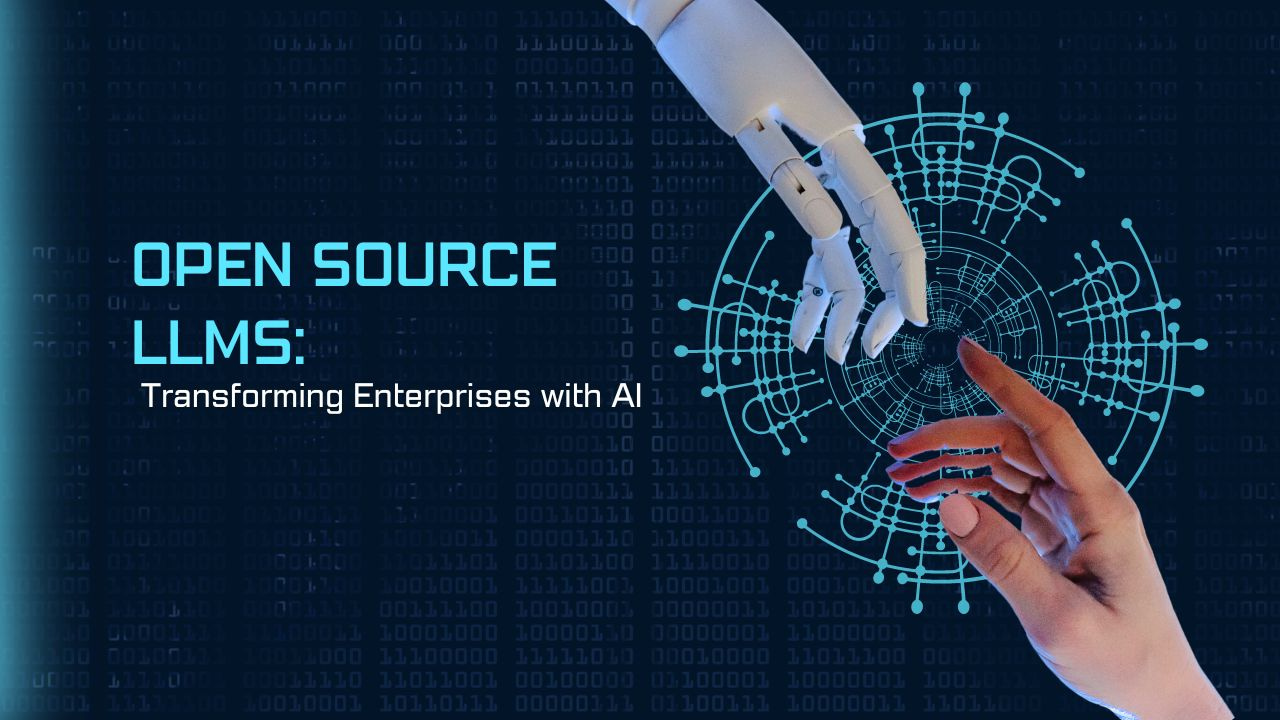How to Welcome Robots to Your Financial Department

(3min-reading)
Learn how AI (robots) could represent the next big step and save businesses millions of dollars while improving their productivity
How To Welcome Robots To Your Financial Department
Robots are coming, and no – it’s not the plot of a cheesy sci-fi from the 70s. “Artificial Intelligence” solutions are quickly moving to the forefront in many particular areas, including extensive document analysis. By implementing innovative AI, businesses and organizations will be able to gain significant advantages.
First and foremost, AI tools allow users to save a considerable amount of time, money and resources, such as personnel and other assets.
In addition to that, AI can improve over time and become increasingly sophisticated and practical.
Positive Innovation Or Threat?
With such premises, it is quite easy to see why some people rave about AI, welcoming “robots” as a new chapter in IT advancement, while others are frightened by the increasing popularity of such tools, claiming that they would undermine jobs and destabilize the economy. The media is, in fact, filled with bleak reports stating that thousands of employees on a global scale have been let off by organizations in favor of more sophisticated automated solutions, rendering a portion of the human workforce obsolete.
Love it or hate it, it is indisputable that technological progress across the board is here to stay.
We like to stand on the positive side of the argument and look at AI with enthusiasm as a beneficial tool to improve businesses and increase the effectiveness of many processes, thus allowing companies to redirect their top talents to other tasks requiring more creativity, vision, and control.
Even though some companies are indeed releasing many positions that are no longer needed due to the obvious benefits of automation, employees who do remain on board will benefit from larger salaries and a much better workflow, where their key talents and skills can shine.
Financial departments, in particular, are becoming accustomed to using AI tools to streamline their workflow and speed up many procedures that have historically been time-consuming and tedious, often requiring the focus of many employees.
Automated features, such as the vast array of tasks made possible by the implementation of valid AI solutions, can provide a lot of flexibility and can usher in a brand new age for financial departments, allowing their productivity to bloom like never before.
So Long, Outsourcing…
Analyzing millions of documents is no easy task for organizations of all sizes. Some companies could no longer keep up with the costs and the need for personnel needed for such operations, thus forcing them to outsource their data analysis needs to specialized third-party providers.
One of the greatest advantages of implementing AI and automated tools is that companies will no longer need to spend huge amounts of capital and resources on outsourcing or on maintaining dedicated staff with a focus on analyzing financial documents.
The simple truth is that a large amount of this type of work could seamlessly be automated through the use of sophisticated algorithms, which can translate into tremendous savings in terms of money, time and personnel.
For quite some time now, outsourcing has become a very popular model, which has allowed businesses to minimize their expenses and delegate certain tasks to specialized third parties. Could AI represent another step forward and put the final nail in the outsourcing coffin once and for all?
Super-Human Speed & Machine Learning
Traditionally, the speed of document analysis has always been related to the speed of human work itself. Even though there have been many improvements with new technologies that helped people work a lot faster through the years, a sophisticated AI algorithm can seamlessly outpace any human performance, thus dramatically enhancing performance and quality.
In addition to that, automated AI solutions are highly sought after for their remarkable adaptive power. In other words, AI tools can effectively improve their processes on a progressive scale, acquiring new skills and refining their workflow as they go along. This particular perk is often known as “machine learning” – a machine’s ability to learn something new, without actually being prompted to do so or programmed to acquire new features.
Although the concept of machine learning dates back to the late 50s, it has made a big leap forward and currently has many professional applications across a wide variety of fields – including document analysis. Through machine learning, AI can learn how to improve their organization, refine their results, and more.
Redefining “Sharing”
In addition to the increasing popularity of cloud computing networks, which allow businesses and teams to communicate, share documents, and collaborate across a fast, flexible and decentralized network, the advent of AI allows organizations to focus on their collective power. “Sharing” is no longer just a social media buzzword but an important professional pattern that allows professionals to stay up-to-date and relate information. Innovative automated data processing can contribute to this particular professional trend, increasing speeds while cutting costs.
Albeit controversial to some, AI solutions are undeniably already changing the way businesses are doing business. It’s no longer correct to assume that AI is the future because it is, indeed, the present already. With that in mind, let us get back to the original question – the one that prompted this entire article in the first place. How should your financial department welcome robots? With open arms and with an open mind, because powerful automation can be tailored to your specific needs and can make a noticeable difference in the way your organization can thrive.
At DocDigitizer, we set out to harness the power of the latest AI algorithms in order to help companies unravel their document processing needs and substantially improve their workflow.
By leveraging the power of machine learning, our technology can support the automation of document analysis tasks and help users make significant savings.
Start now your digital transformation!
Related Content: WHY IS YOUR OCR TECHNOLOGY LIMITING YOUR DIGITAL TRANSFORMATION?
Doculator
See how much you could be saving!
Do you know how much your current document processing is costing you?


